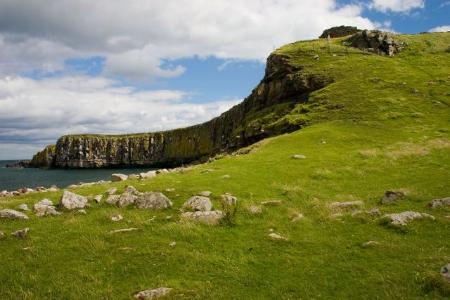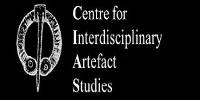About
Developing International Geoarchaeology (DIG) is the title of a series of very successful international conferences. The goal of DIG is to bring together a wide variety of international researchers, practitioners and students in this diverse and interdisciplinary field in order to facilitate discussion, stimulate research, and promote international scholarship in geoarchaeology. The conference is biennieal, having first been held in Saint John, New Brunswick, Canada 2005, followed by Cambridge, UK, McMaster University, Hamilton, Ontario, Canada, University of Tennessee Knoxville, USA, University of Basel, Switzerland and Alghero University in Sardinia. In 2017 the 7th DIG conference will be hosted at Newcastle University UK, organised by the School of History, Classics and Archaeology and the Great North Museum: Hancock, in association with the McCord Centre for Landscape and the Cluster for Interdisciplinary Artefact Studies.
For general enquiries please contact lisa-marie.shillito@ncl.ac.uk


